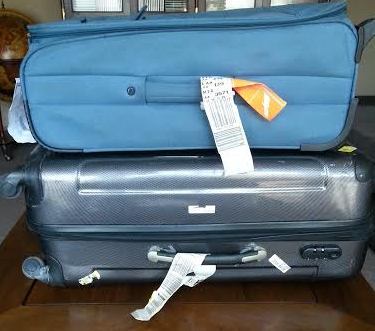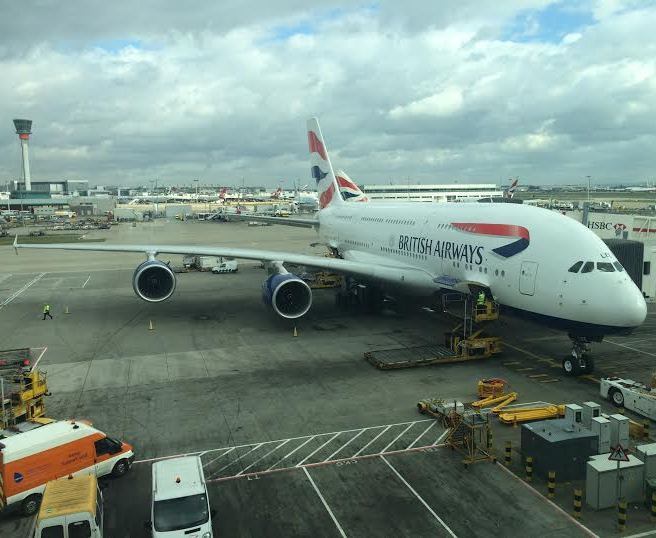Hotels with a Past
Hotel With A Past: Corinthia Hotel London
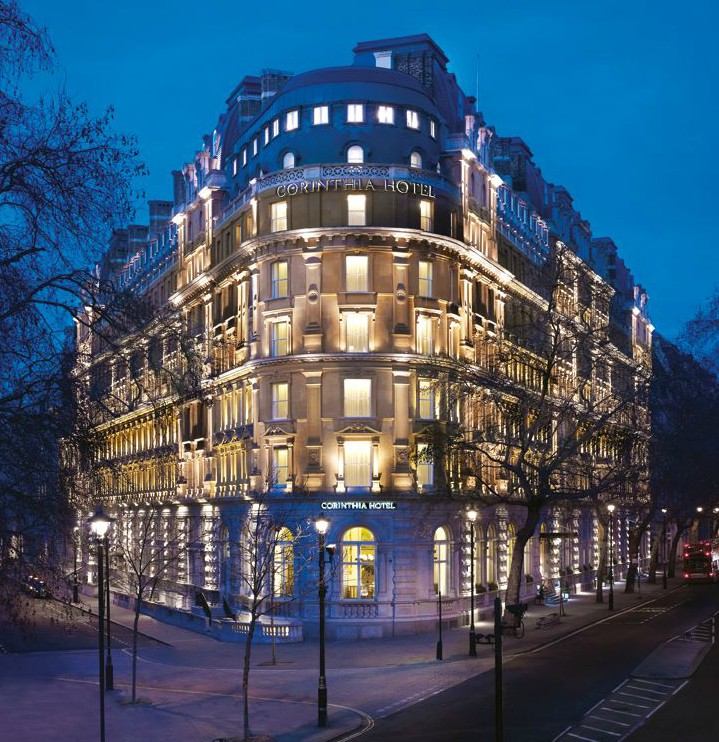 Officially, the Corinthia Hotel in London is a new hotel. But the building has quite a history—a long one.
Officially, the Corinthia Hotel in London is a new hotel. But the building has quite a history—a long one.
The building housed Great Britain’s government offices in World War I, and in World War II it was an official spy agency, complete with secret tunnels that connected beneath London. After, it sat vacant for many years.
So how did it become a hotel? It starts with $490 million. That’s how much it cost to renovate this classic hotel in Central London—The Corinthia was one of the city’s largest reconstruction projects of the last decade. One reason has to do with the fact that the building contained so much history.
In fact, before the Corinthia was a government installation, it was actually a different hotel dating back to the 19th century: the Hotel Metropole. It was the largest hotel in Europe when it opened its doors in 1885 under Queen Victoria. The hotel had 600 rooms and stood seven stories tall. The concept of the super-hotel, already popular in America, was just emerging in Great Britain.
The Victorian era in London was also a very exciting time. There were huge developments in hotels, infrastructure, and railroads. One gentleman in particular, Frederick Gordon, had a vision of what luxury hotels would be in that era.
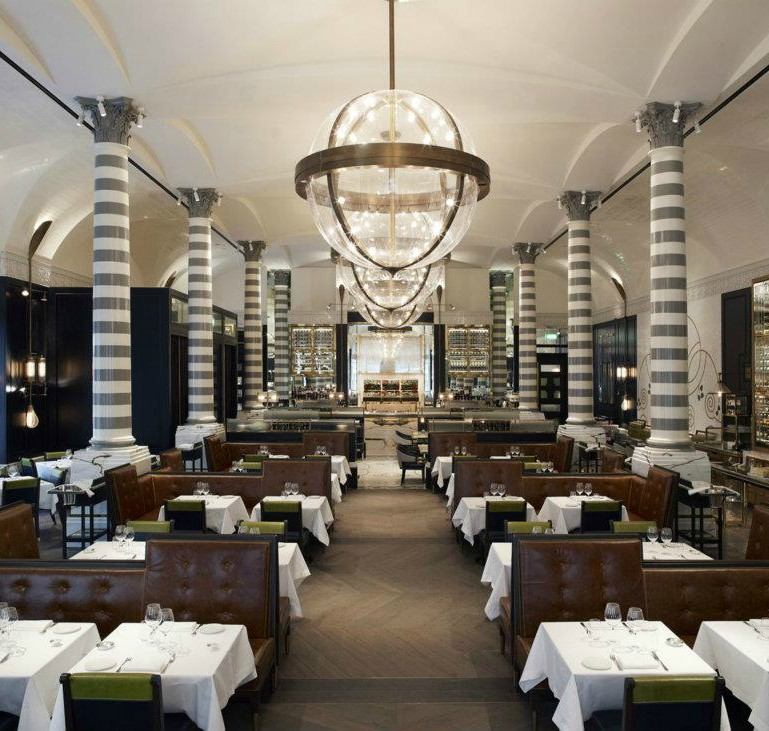 The Metropole was the third hotel built by Gordon, who is often referred to as the father of the modern hotel industry. His hotels had groundbreaking amenities for the time, such as bathrooms and phones in hotel rooms, and other amenities we take for granted today.
The Metropole was the third hotel built by Gordon, who is often referred to as the father of the modern hotel industry. His hotels had groundbreaking amenities for the time, such as bathrooms and phones in hotel rooms, and other amenities we take for granted today.
Frederick Gordon used the latest technology, such as elevators that transported guests all the way to the top floor. He saw great benefits in creating luxury as travelers were starting to come from France and the United States.
That’s not the only thing that came from France. The architecture of the Metropole—and the Corinthia today—is unmistakably French with classic motifs and Haussman era style.
The grand hotel became a central hub for high society social occasions in the late 1800s. Celebrities and British royalty came to visit, including Edward VII and Buffalo Bill Cody.
But in 1916 the Metropole’s purpose took a dramatic turn, transitioning into government offices. Due to its location at the heart of power in London, the hotel was turned over for use to guide the efforts for the first world war.
Before becoming prime minister, Winston Churchill worked in the offices during World War I. He wrote about looking out his window and watching hundreds of Londoners pour onto the streets to celebrate the end of the war while hearing Big Ben chime in the background.
During World War II, the hotel building was once again called upon for duty. The British secret service worked here, monitoring German internment camps and helping troops escape or avoid capture.
The building has some great stories and some secret stories. There are certain tunnels and passages under the road that lead officials to government offices that are in close proximity. Today, they are all locked up and remain top secret.
After world War II, the building continued as a government office for the Ministry of Defense.
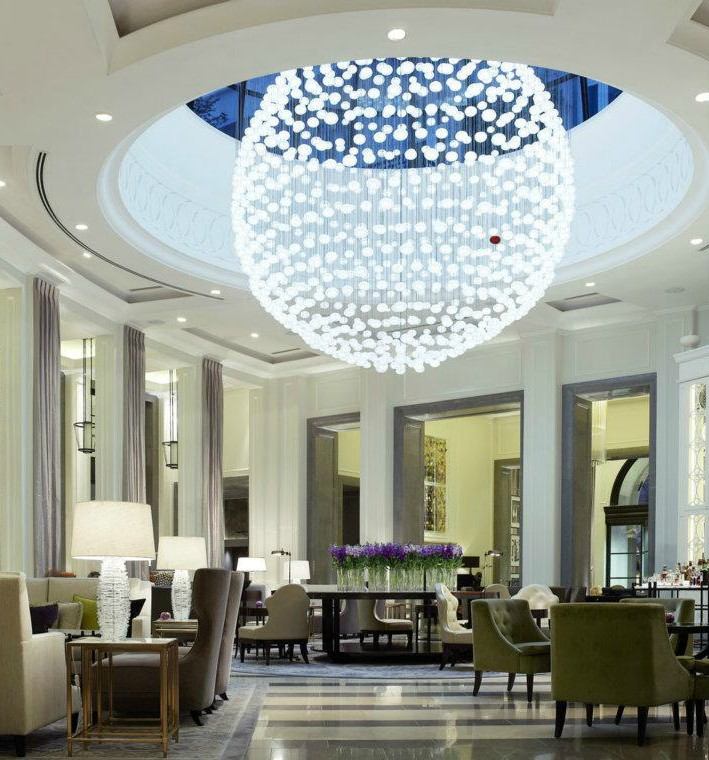 The seriousness of war was no longer a threat, but there were many other activities that were commandeered from this area. One story is that right up until 2006 there was a special office in this building dedicated to the monitoring and sighting of UFOs.
The seriousness of war was no longer a threat, but there were many other activities that were commandeered from this area. One story is that right up until 2006 there was a special office in this building dedicated to the monitoring and sighting of UFOs.
The aging building was eventually vacated and put up for sale. In 2008, Corinthia Hotel Group purchased the location and sought to bring the building back to its original function as an upscale hotel.
Some of the original features of the Hotel Metropole, such as the ceiling in the Grand Ballroom, were preserved, but there were challenges in blending state-of-the-art upgrades with the original features of a bygone era.
With a project this large and expensive, developers went to extremes: replacement stones were chosen by a hotel designer stationed at a European quarry, trying to match style and even veins of marble.
Today, the old Victorian design has given way to contemporary interiors set around an inner foyer with a 1,001 crystal baccarat chandelier shimmering above.
The Corinthia Hotel London has almost 300 revamped guest rooms, with 47 suites—some with two stories and private elevators, dining rooms, and decks overlooking some of London’s iconic landmarks.
By Tracy Gallagher for PeterGreenberg.com





